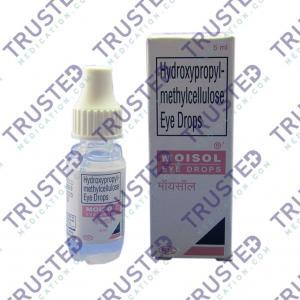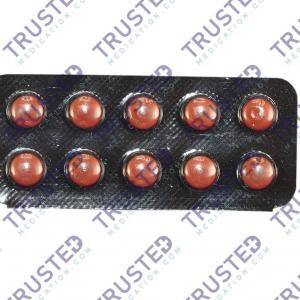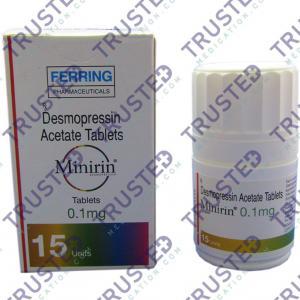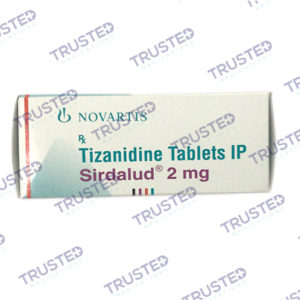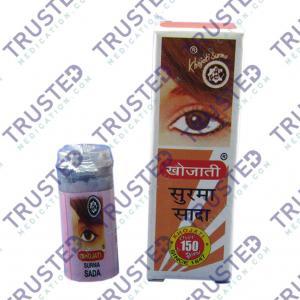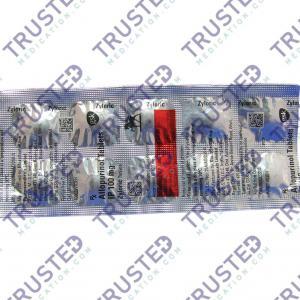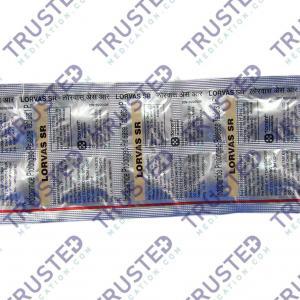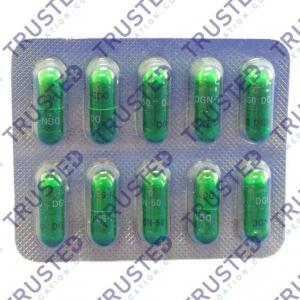
There are several types of bone disease and the treatments depend on the severity and causes of the condition. Bone disease refers to a condition that damages your skeleton, making bones weaker and more prone to fractures. The most common type is osteoporosis. This disease is characterized by deterioration of the bone structure along with the low bone mass.
What are the Symptoms of Bone Disease?

There typically are no symptoms in the early stages of bone loss. Over time, you might experience the following:
- Back pain, caused by a fractured or collapsed vertebra
- Loss of height over time
- Slow growth
- A stooped posture
- A bone that breaks much more easily than expected
What are the Types of Bone Disease?
- Osteoporosis. Osteoporosis, in which low density means the bones are brittle and weak and prone to easily break. It strikes more women than men, and even children may be at risk of developing juvenile osteoporosis.
- Paget’s Disease. An extreme increase in bone renewal leads to bone deformities in this disorder. Paget’s disease tends to occur in white adults over the age of 55.
- Bone Infection. It can occur following surgery, such as a hip replacement, or may spread to the bones from another part of the body. Pain, swelling, and redness are common symptoms of a bone infection.
- Bone Tumors. It can occur when the uncontrolled growth of cells occurs inside the bone. These tumors can be benign or malignant, although benign bone tumors that do not impinge on other bone tissue and do not spread are more common.
- Osteoarthritis. It is a chronic degenerative joint disease. The degeneration of cartilage between bones causes the bones to rub against one another, causing pain, swelling, and stiffness.
- Scoliosis. Usually occurs just before puberty, this condition is characterized by abnormal spinal curvature to the left or right. The spinal deformities get worse with time. Its cause is unknown, although a hereditary component is suspected.
- Low Bone Density. It is diagnosed when a person’s bone density is lower than it should be. Osteoporosis results in fractures, pain, and an emaciated appearance due to low bone density. It is important to make the changes necessary to improve bone density if you are diagnosed with osteopenia.
- Gout. A common form of arthritis, it causes abnormal swelling, pain, and redness in the joints due to accumulated uric acid crystals. The big toe is typically noticeably swollen. Gout may occur due to your diet, or if your kidneys are not properly processing uric acid.
Treatment for Bone Disease
Good nutrition and regular exercise are essential for keeping your bones healthy and preventing bone disease. Doctors may also recommend calcium to strengthen the bone and improve bone health. Other treatment recommendations are based on an estimate of your risk of breaking a bone in the next 10 years using information such as the bone density test. For osteoporosis you can use:

